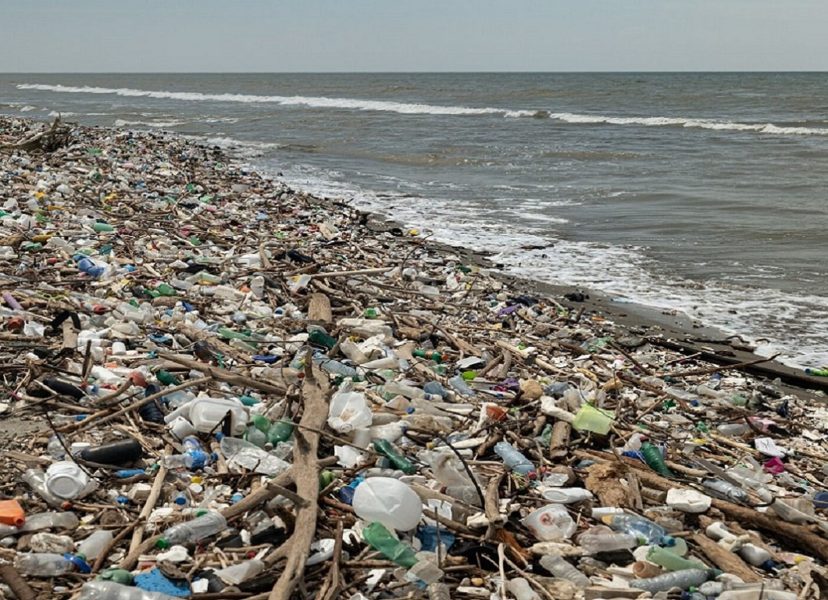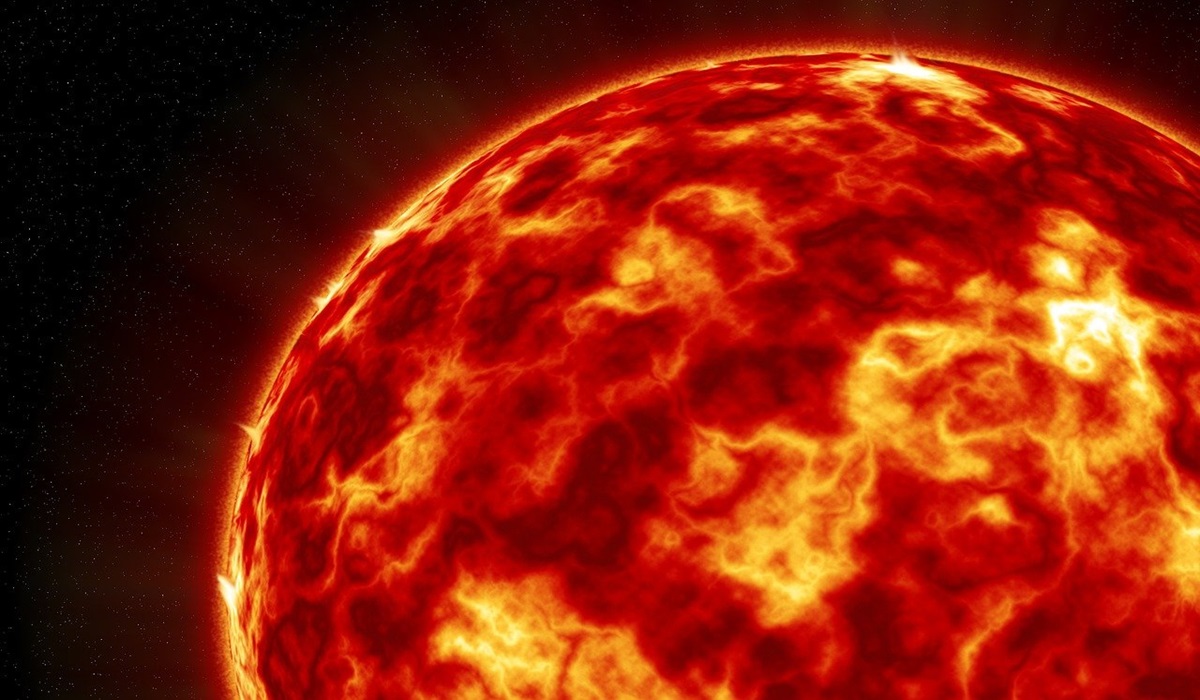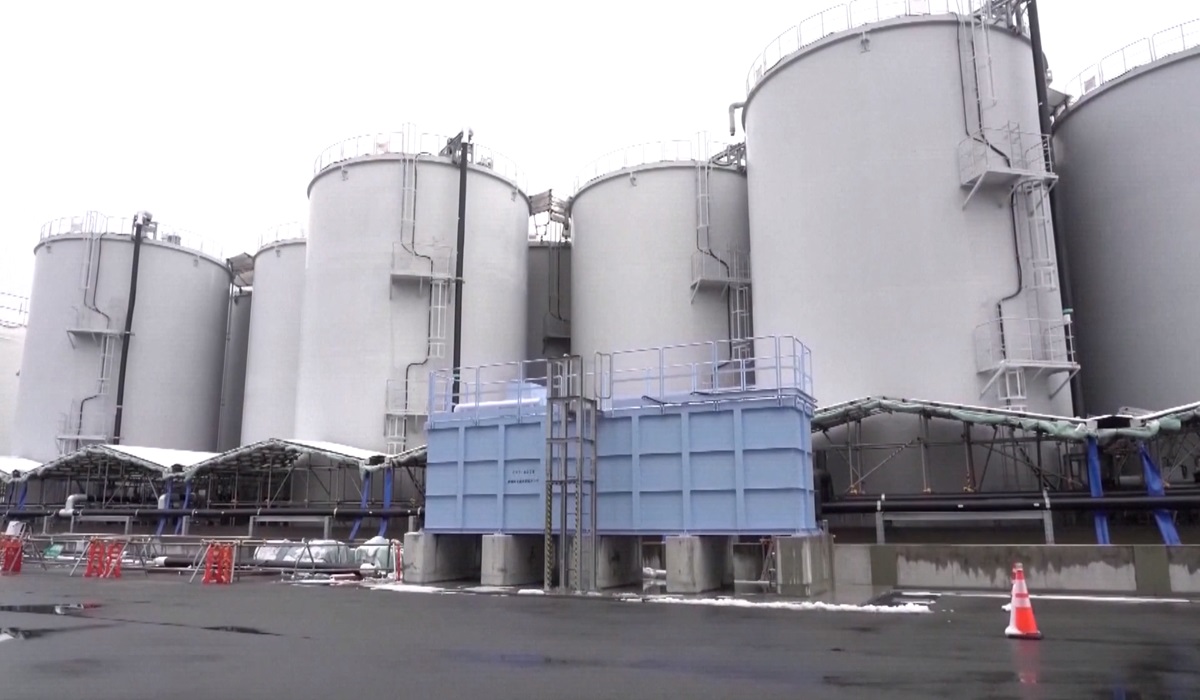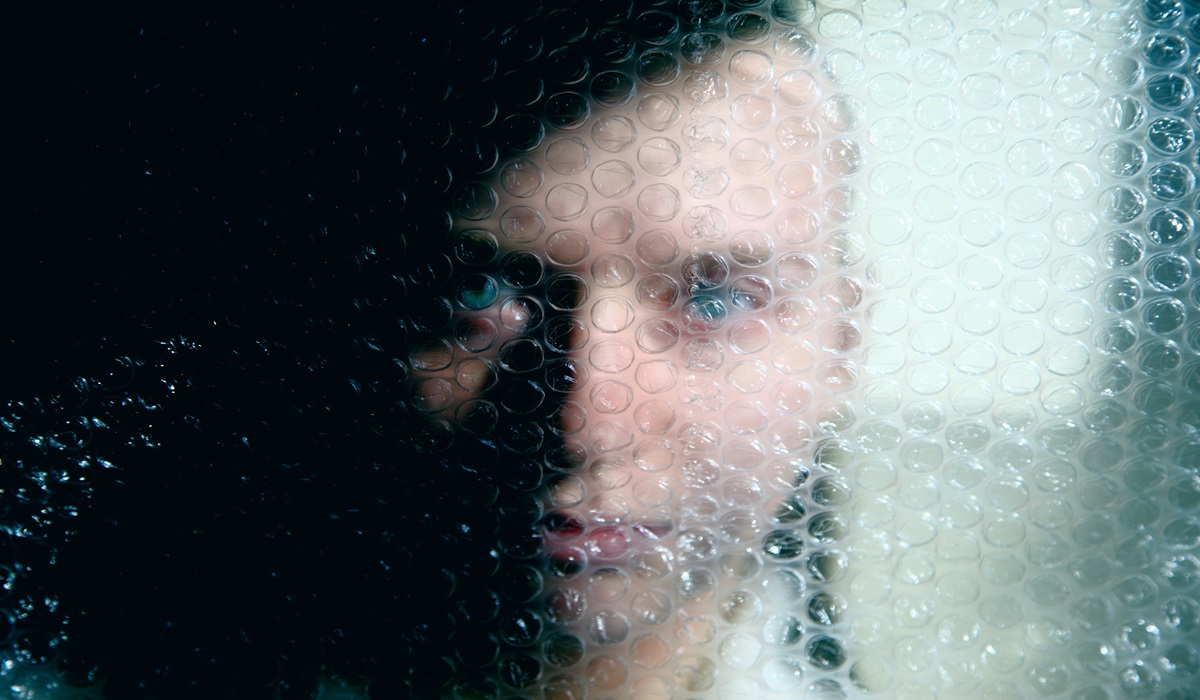The Ocean Clean Up Is Helping Remove The Island Of Ocean Trash
- Grace Guindon
- World News
- Climate Change
- Environment
- Science
- Western USA
- August 30, 2022

With System 002/A, most of the ocean’s plastic could be cleared by 2040.
On The 18th of August, The Ocean Cleanup deployed new technology to help collect the enormous amount of plastic littering the ocean. The Ocean Cleanups aims to reduce 90% of floating plastic by 2040. They mainly target the atrocity named the Great Pacific Garbage Patch.
The Great Pacific Garbage Patch is between California and Hawaii and is made of plastics, microplastics, and other trash from land. An estimated five trillion pieces of trash lay in wait in the Pacific ocean. There are a total of five patches of debris around the world, but the Pacific Patch is the largest.
Plastic is polluting our oceans, but how is it growing there? The Ocean Cleanup has discovered that most of the debris makes its way to the sea by rivers carrying trash from land. They have also found that 80% of river pollution only comes from 1,000 rivers worldwide.
Once the river sends the debris to larger bodies of water, there are water circuits that move the garbage into one large island. However, the plastic is not noticeable from above and leaves a cloudy trance covering the water. Larger items lay beneath the surface several centimeters to meters deep.
This trash island is highly harmful to marine ecosystems and our health. With the surface covered by plastic, it is difficult for sunlight to reach the plankton and algae that grow in the waters. These plants are necessary for many animals to survive. If they are absent, the food chain would be significantly affected, with animals dying and leaving the area.
In addition, the plastic in the water may leach out chemicals and negatively affect marine life. Also, pollutants from the ocean may seep into plastic, be consumed by fish, and be ingested by humans as food.
The Great Pacific Ocean Patch is a giant contributor to many climate change issues. Ocean Cleanup is fighting against this by developing technology and a system that can carefully clean up ocean debris. This past week, the team used System 002/A to collect trash for the first time. In the coming weeks, they will use the data from its catches to evaluate the impact before trials begin for the system 002/B. The system has so far removed 1,508,533 kg of trash.
The system works with two vessels that attach to a horseshoe-shaped barrier. The ships pull the barrier using the water’s natural flow to capture floating plastic. At the center of the horseshow is the trapping center that holds debris. Then it is dumped into the ship and separated for recycling. The system’s design limits marine life’s impact and allows fish to escape.
The patch has been growing for years, but why has no country dealt with it yet? This is because the patch is so far from shore that no government will take responsibility for solving the issue. The Ocean Cleanup is on its way to conquering the trash island. In 20 more years, marine ecosystems will improve because of system 002/A.
“Image from Ocean Cleanup’s social media”








